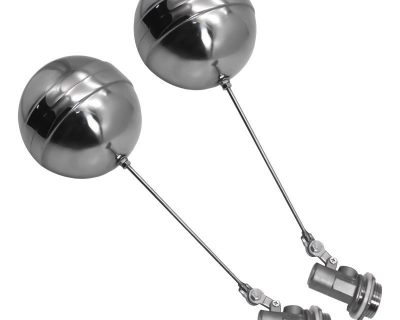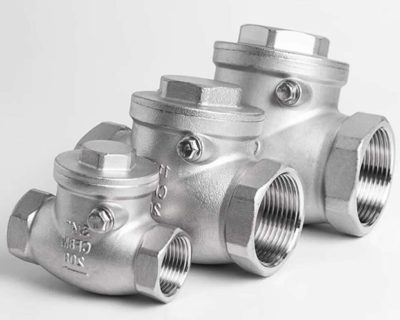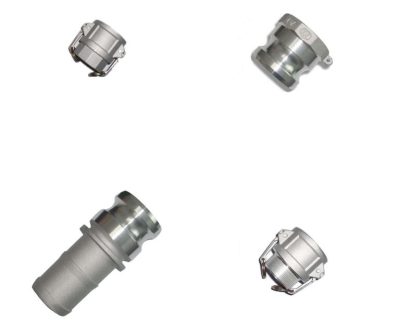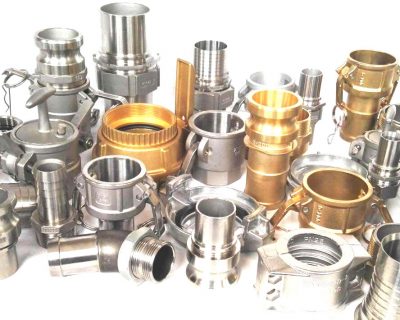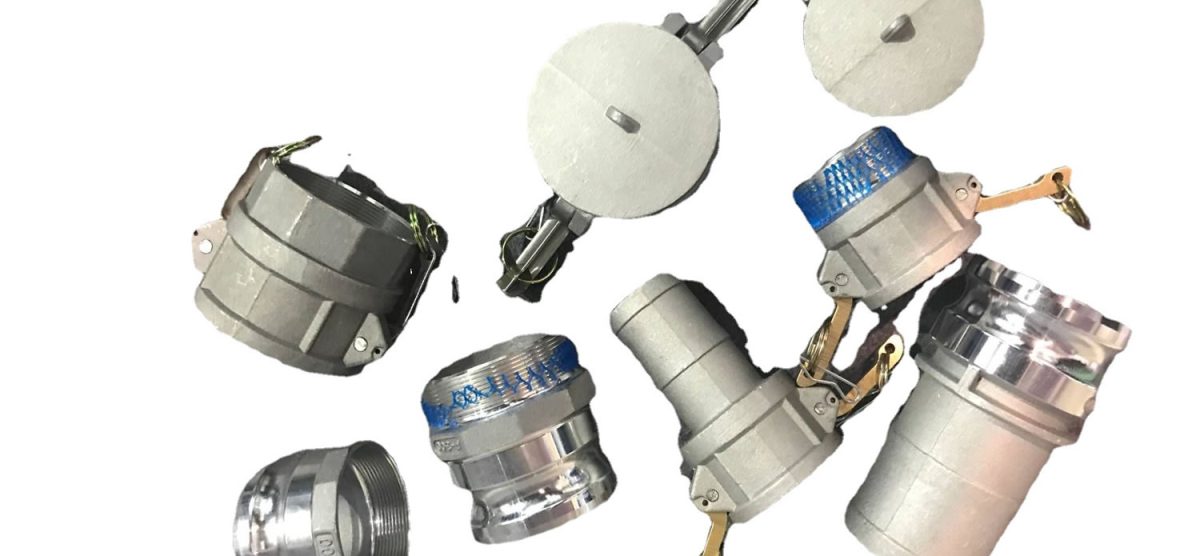
Camlock Coupling Company: Bridging the Gap in Secure and Efficient Connections
Table of Contents
ToggleI. Introduction
Camlock couplings, often revered as connection-changers, have revolutionized numerous industries. This article explores the profound impact of camlock couplings, tracing their origin, design intricacies, and unparalleled advantages.
II. History and Evolution of Camlock Couplings
Origins and Early Developments
The concept of camlock couplings stems from the need for swift, secure connections without extensive manual labor. Originating in the mid-20th century, these couplings initially found their niche in the military sector, specifically for transferring water and fuel.
Milestones in Design and Usage
The coupling’s potential seeped into various industries over time. By the late 1970s, advancements in materials and manufacturing processes bolstered their design, making them more durable and versatile. The camlock coupling company played an instrumental role in these evolutions, incorporating user feedback and technological advancements.
Camlock Coupling Company’s Role in Industry Advancements
Leading camlock coupling companies have consistently pushed boundaries, seeking improvements in design and broadening application scopes. Their relentless R&D efforts have refined the existing models and paved the way for specialized versions catering to unique industry demands.
III. Core Components and Working of Camlock Couplings
Basic Anatomy
- Cam Arms: Levers that, when closed, secure the connection.
- Seal Rings: Prevent leakage by providing a tight seal.
- Housing: Contains the cam arms and offers structural support.
The Principle Behind Camlock Mechanisms
Operating on a simple yet effective principle, camlock couplings utilize cam arms to create a locking mechanism. When these arms are closed, they exert force, securing the two halves of the coupling together. It’s this simplicity that ensures both quick connections and disconnects, making operations streamlined and efficient.
Materials Commonly Used
Camlock couplings come in various materials, including stainless steel, brass, and polypropylene, each catering to specific needs. Stainless steel is highly desirable in food and pharmaceutical industries due to its non-corrosive properties.
IV. Key Advantages of Camlock Couplings Over Traditional Methods
Speed and Ease of Connection
One of the standout merits of camlock couplings is their ability to establish connections swiftly. Unlike traditional threaded or flanged connections, which require tools and considerable time, camlock couplings can be fastened securely within seconds.
Reliability and Reduced Chances of Leakage
The design intricacies ensure minimal leak points, thus making them more reliable. This reliability translates to reduced operational downtimes and lower maintenance costs, factors that industries highly value.
Versatility Across Different Fluids and Gases
Camlock couplings aren’t confined to a singular application. Their design and versatility make them suitable for transferring a diverse range of fluids and gases, whether aggressive chemicals, potable water, or combustible fuels.
Cost Efficiencies in the Long Run
The initial investment might seem substantial, but camlock couplings promise longevity. Their durability and reduced maintenance needs ensure they remain cost-effective in the long run, often outlasting their traditional counterparts.
V. Innovations Brought About by Leading Camlock Coupling Companies
Introduction of Advanced Materials
Leading companies continually experiment with newer materials to enhance durability and performance. Recent years have witnessed the introduction of alloys that resist corrosion, ensuring the coupling’s longevity even in challenging environments.
Eco-friendly and Sustainable Manufacturing Practices
With the global push towards sustainability, camlock coupling companies have revamped their manufacturing processes. These companies are at the forefront of green initiatives, from using recycled materials to adopting energy-efficient production techniques.
Innovations in Design for Specialized Applications
Beyond materials, there’s a tangible shift toward design innovations. Recognizing the unique demands of industries, companies have introduced specialized camlock couplings, ensuring a tailor-made fit for specific applications.
Camlock couplings, under the aegis of dedicated companies, have transformed the landscape of secure and efficient connections. With their rich history, versatile application, and unyielding advantages over traditional counterparts, it’s evident that camlock couplings are here to stay, bridging gaps and setting new industry standards.
VI. Best Practices for Choosing the Right Camlock Coupling
Understanding Your Requirements
The first step in selecting the perfect camlock coupling is understanding your needs. Size, type, and material influence the coupling’s efficiency and longevity. Whether you’re looking to transport aggressive chemicals or potable water, each application will have distinct requirements.
Importance of Certifications and Standards
Reputed camlock coupling companies ensure their products adhere to global standards. Certifications are a testament to the product’s quality, durability, and safety. Before making a purchase, verifying these certifications is crucial to ensure the product’s reliability and efficiency.
Evaluating the Reputation and Expertise of a Camlock Coupling Company
Research is paramount. Investing time in understanding the company’s history, clientele, and product reviews can offer a clearer picture. Companies with a rich legacy and positive reviews, more often than not, assure products that stand the test of time.
VII. Maintenance and Longevity: Ensuring Your Camlock Couplings Last
Routine Inspection Tips
Like all equipment, camlock couplings benefit from routine inspections. Checking for visible signs of wear, ensuring the seal remains intact, and verifying the proper functioning of cam arms can greatly extend their lifespan.
Common Wear and Tear Signs to Look Out For
Regular usage can lead to wear and tear. Factors such as rust, misalignment, or a compromised seal can affect performance. Addressing these issues promptly can circumvent potential operational hiccups.
Maintenance Practices and When to Consider Replacements
Clean your couplings after every use, especially when dealing with aggressive chemicals. Lubricating moving parts can ensure smooth operation. And while maintenance can prolong life, it’s also essential to recognize when a replacement is more cost-effective than a repair.
VIII. Real-world Applications and Case Studies
Using Camlock Couplings in the Petroleum Industry
The petroleum industry, with its vast networks of pipelines, relies heavily on camlock couplings. A case study involving “XYZ Petroleum Company” highlighted a 30% increase in operational efficiency after transitioning from traditional connectors to camlock couplings, attributing this leap to reduced leakage and swift connections.
Benefits in the Food and Beverage Sector
Hygiene is paramount in the food and beverage sector. Companies like “ABC Beverages” have adopted stainless steel camlock couplings, citing ease of cleaning and reduced contamination risks as primary benefits. This transition led to a noticeable improvement in product purity and a reduction in maintenance costs.
Specialized Usage in Aggressive Chemical Environments
Chemical industries often deal with aggressive substances that can corrode standard connectors. With the introduction of alloy-based camlock couplings, companies like “ChemCorp” experienced fewer downtimes and a drastic reduction in replacement costs.
The Role in Firefighting Equipment and Safety
Swift and secure connections can mean the difference between life and death in firefighting. With camlock couplings becoming a staple in firefighting equipment, response times have improved, ensuring rapid water supply when it matters most.
IX. Future Trends and Predictions
The Role of Technology in Shaping the Future of Camlock Couplings
With the advent of smart technologies, the future may see camlock couplings equipped with sensors to monitor wear, predict failures, or even auto-seal upon detecting leaks.
Sustainability Trends
The global emphasis on sustainability will push camlock coupling companies towards more eco-friendly materials and manufacturing processes, ensuring a reduced carbon footprint without compromising efficiency.
Anticipated Innovations in Design and Application
As industries evolve, so will their requirements. The future might usher in camlock couplings that cater to high-pressure environments or those tailored for space exploration, underwater applications, and more.
X. Conclusion
From humble beginnings to undeniable dominance across industries, camlock couplings, backed by innovative companies, have truly bridged the gap in secure and efficient connections. As we stand on the cusp of technological and sustainable advancements, it’s clear that camlock couplings will continue to evolve, setting newer benchmarks and steering industries toward unprecedented efficiencies.


